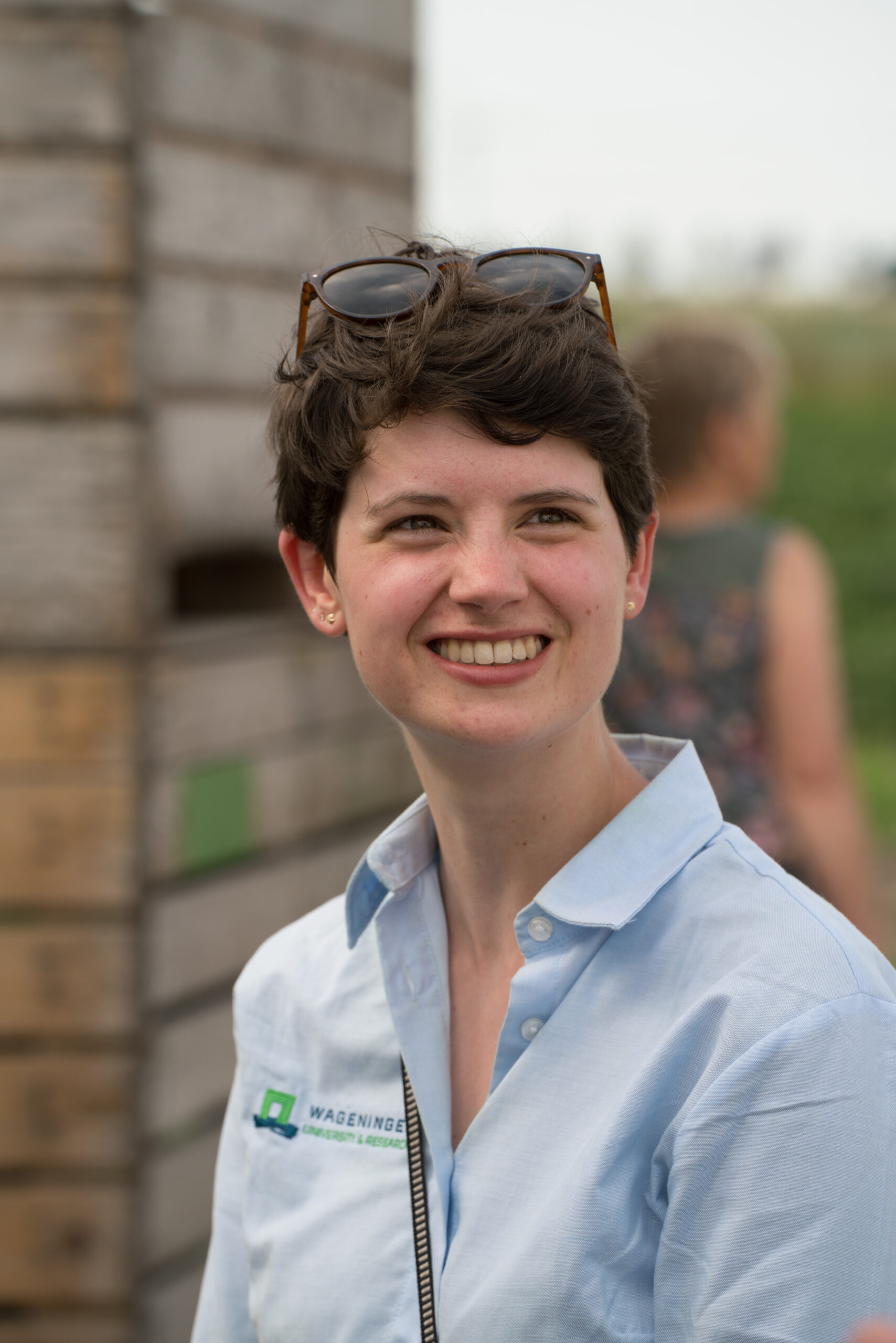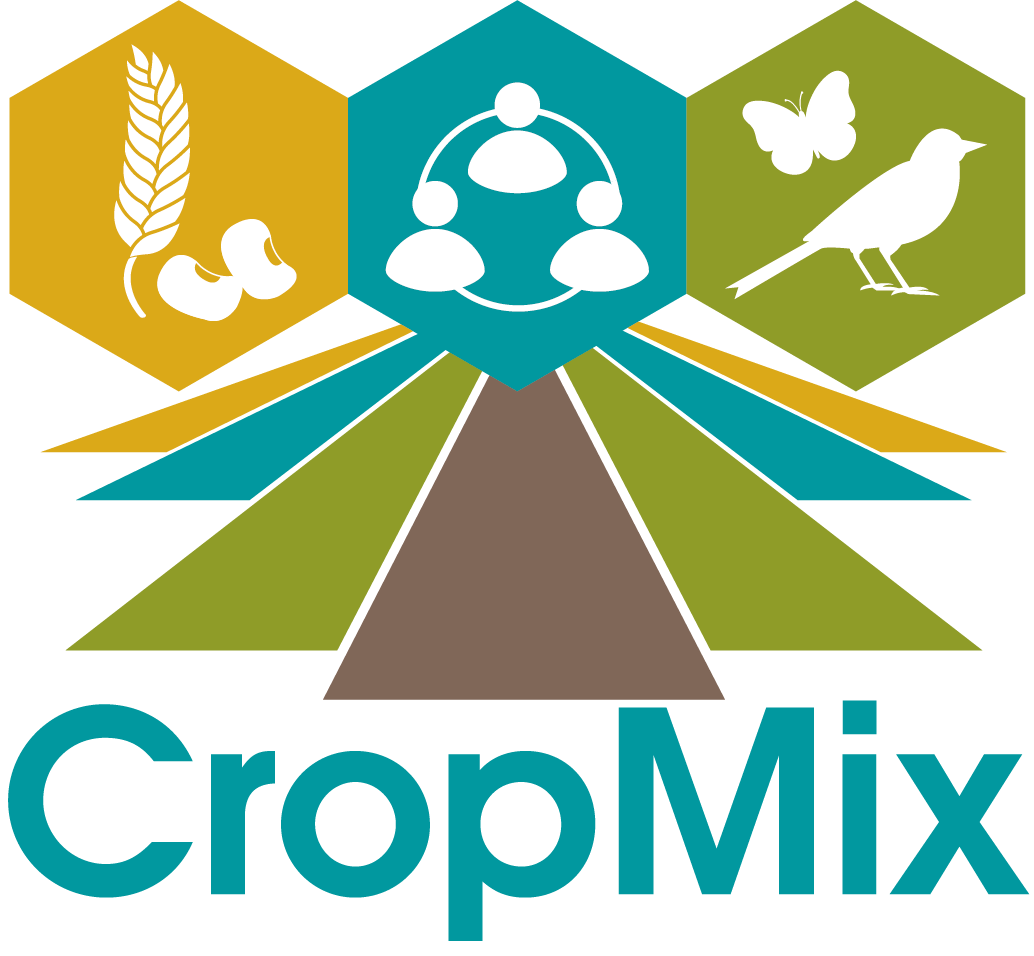Scaling up from plant-plant interactions to field and farm
Yields in strip cropping: from theory to practice


Researcher
Hilde Faber
PhD candidate
Wageningen University & Research
Nature has always been a source of inspiration for me. Hence the choice to study Biology and later Plant Sciences in Wageningen. Here, I increasingly came into contact with themes such as agriculture and sustainability. I was immediately intrigued by strip cropping, because it is a cultivation system that offers many positive effects for both farmer and nature. Moreover, it appeals to me that strip farming is already applicable and practised. However, the transition to sustainable agriculture requires a transformation of the entire chain. That is what makes CropMix so interesting. In this project, various scientific disciplines and partners from the food chain come together to develop applicable knowledge about the ecological principles that make cultivation systems both sustainable and productive.
Research project
Project: 1.3.2. Yields in strip cropping: from theory to practice
In the ideal scenario, strip cropping provides an accumulation of benefits, such as stable yields, better pest control and more biodiversity. Research on strip cropping in the Netherlands is promising, but the connection to yield is often still missing. We want to change that with this project.
First, this research will focus on yield measurements in multiyear strip cropping experiments (one experiment in the Wageningen area and one in the Lelystad area). By doing so, we aim to answer two main questions:
1) Is yield in strip cropping higher, lower or comparable to that of full-field cropping?
2) Does strip cropping at farm level produce more stable yields over the years?
Next, we compare our experimental findings with practice. The 25 arable farmers participating in the CropMix project all put their own spin on strip cropping. The diversity between these farms is huge: there are differences in landscape, soil type, crop choice and management, among others. Can we measure the same effects on these farms as in our experiments? And if we see different results, what is the reason for that?
Finally, we look to connect with the other research projects within CropMix to compare our findings side by side. Do we see that the benefits of strip farming stack up, or do we find out that there are trade-offs after all?
Related projects
- Scaling up from plant to field level
- Insect biodiversity
- Farmland birds and strip cropping > Rik Waenink
- The potential of mixed cropping systems for biodiversity and ecosystem services within circular food systems
Results and news
More information and news on this project will follow.
Researchers involved
- Bob Douma
- Dirk van Apeldoorn
- Erik Poelman
Related research
Our work packages
This work package focuses on above-ground and below-ground interactions. We look at the interactions between plants, crops, insects and other species living in the field and the differences between strip cropping and monocultures.
Work package 2 looks at the economic feasibility of investments for farmers to switch to more crop-diverse systems, such as strip farming, and what factors influence their willingness to engage in ecologically sound farming.
We want to identify different transition pathways applicable to different situations. Think of farmers with wide strips and long value chains, but also farmers with narrow strips marketing in a short chain. Or perhaps very different cropping systems that use crop diversity, such as agroforestry. We also look at what consumers and other stakeholders think and their role in the transition to more sustainable agriculture.


